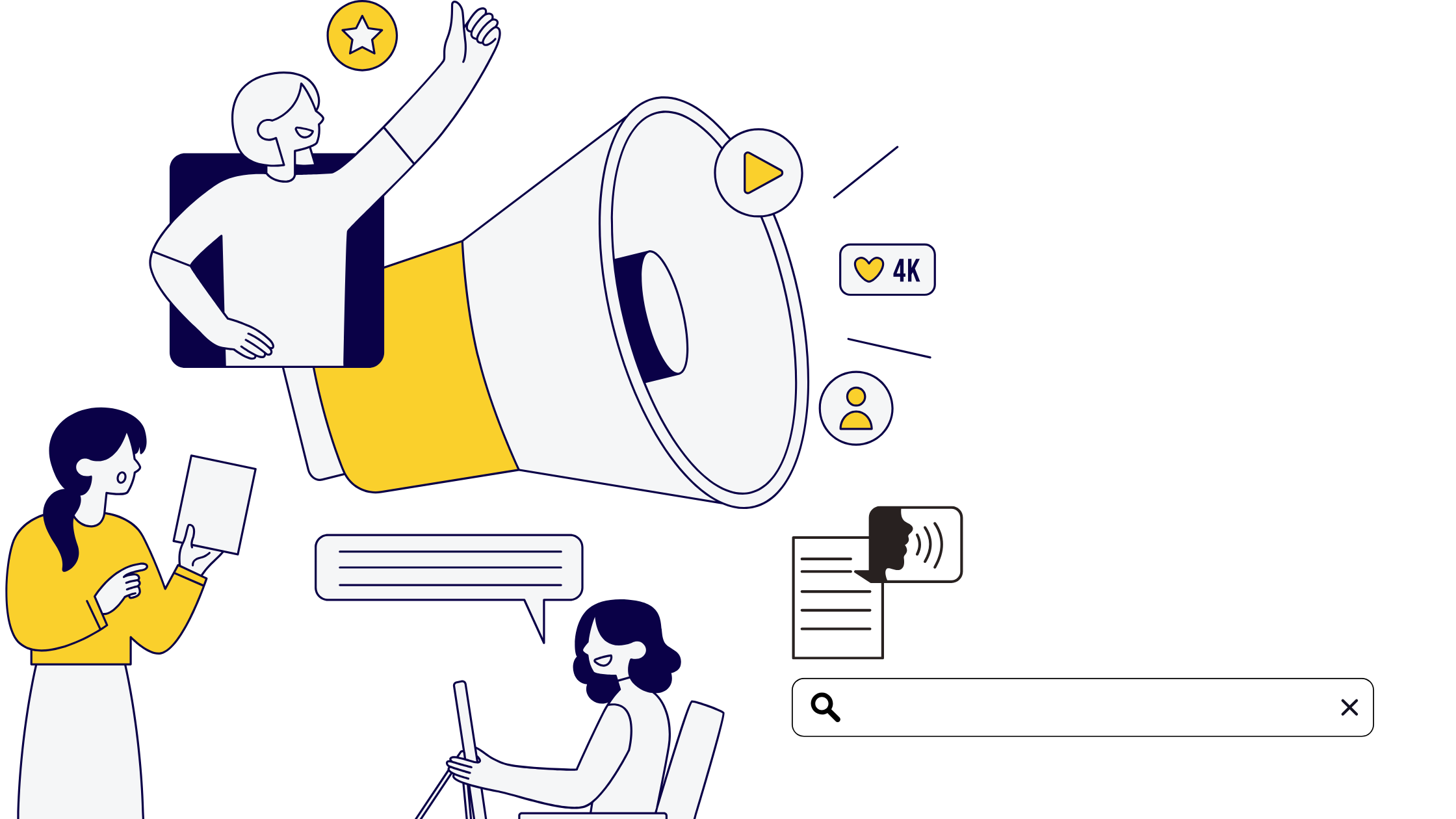Getting the attention of your target audience is critical in the competitive world of Pay-Per-Click (PPC) advertising. Colours are a significant weapon in your advertising arsenal. Colour psychology is important in influencing customer behaviour and can have a big impact on the performance of your PPC advertising. In this blog article, we’ll go into the intriguing world of colour psychology and look at how selecting the proper colours might make your ads more clickable.
Understanding Color Psychology
The study of how colours affect human emotions, perceptions, and behaviours is known as colour psychology. Advertisers can use this understanding to generate a more impactful and convincing message by using different colours to elicit different emotional responses. The purpose of PPC advertising is to deliberately use colours to catch attention, convey a brand message, and eventually drive clicks.
Choosing the Right Colors
Red
Excitement, eagerness, and passion are all examples of emotions.
Red attracts attention and can be utilised to create a sense of urgency. It works well for clearance discounts or limited-time specials.
Blue
Trust, tranquilly, and dependability are all emotions.
Blue is frequently connected with trust and dependability. It can be useful in generating a sense of security in financial or technology-related advertisements.
Green
Emotions include newness, growth, and health.
Green is usually associated with environmentally friendly products or services. It is also related to health and well-being.
Yellow
Happiness, optimism, and warmth are all emotions.
Yellow attracts attention and might elicit feelings of gladness. It is appropriate for marketing youth-oriented products or services.
Orange
Energy, excitement, and warmth are examples of emotions.
Orange is a vivid and dynamic colour, making it ideal for promoting food or entertainment-related businesses.
Implementing Color in PPC Ads
Consistency in branding involves maintaining uniformity in your brand colors across all marketing channels, contributing to enhanced brand recognition. Contrast is crucial for highlighting key elements, like calls-to-action, by using colors that stand out against the background. Additionally, testing different color variations through A/B testing helps identify combinations that resonate best with your target audience, allowing for a data-driven approach to optimize the visual impact of your marketing materials.
Conclusion
The effectiveness of your PPC advertising can be greatly impacted by color psychology, which is a potent instrument. You can make click-worthy advertisements that draw in attention and encourage conversions by carefully selecting colors that complement your brand messaging and appeal to your target market. When you use the correct colors, your PPC advertisements will succeed. Keep trying new things and being consistent.
Click here to have a overview on The Psychology of PPC







